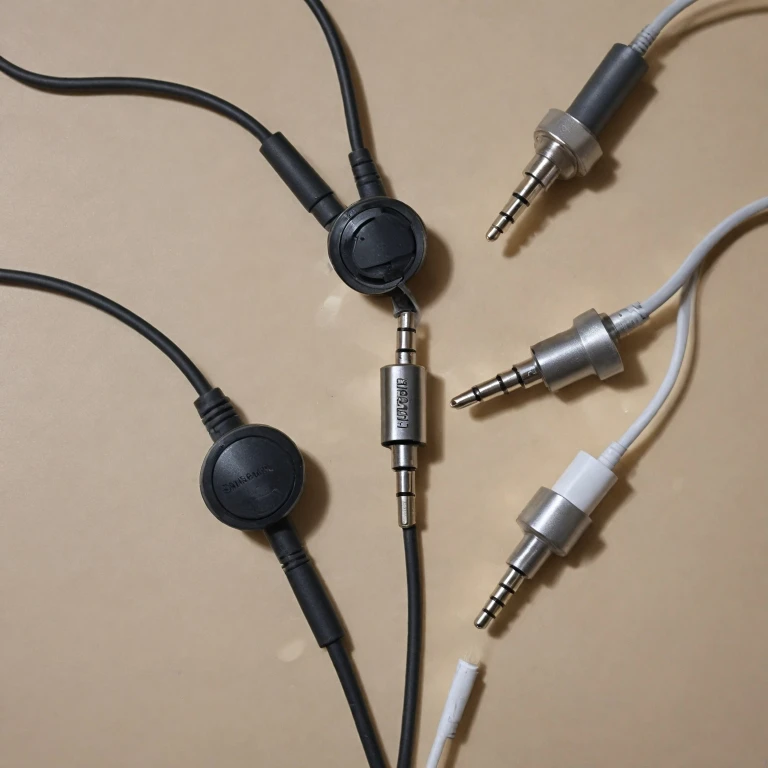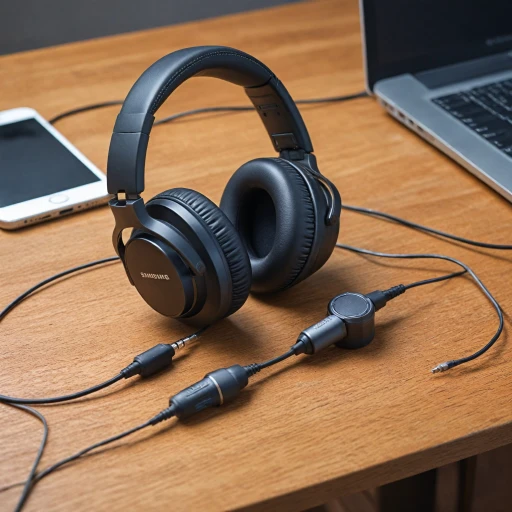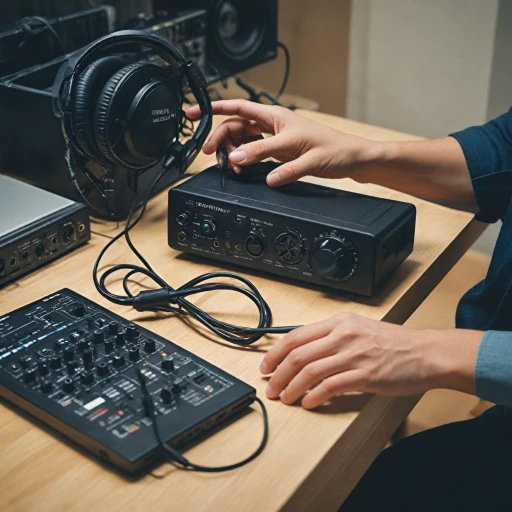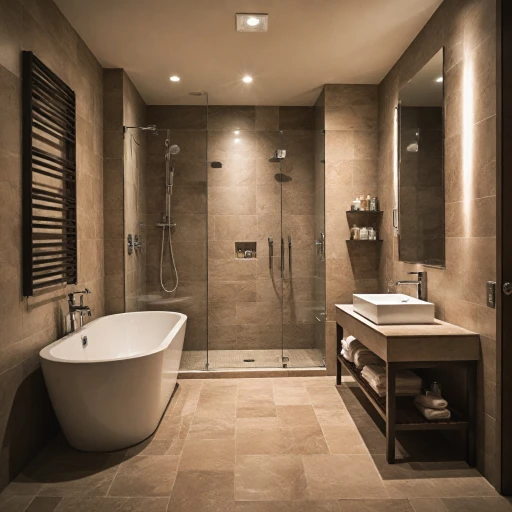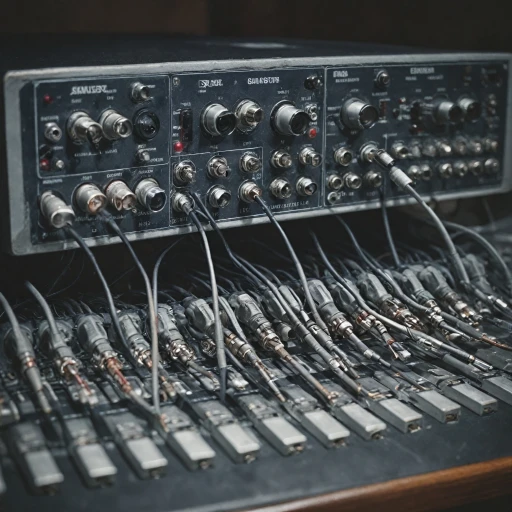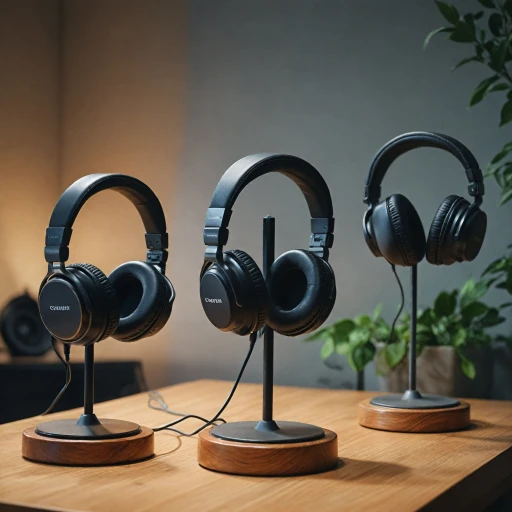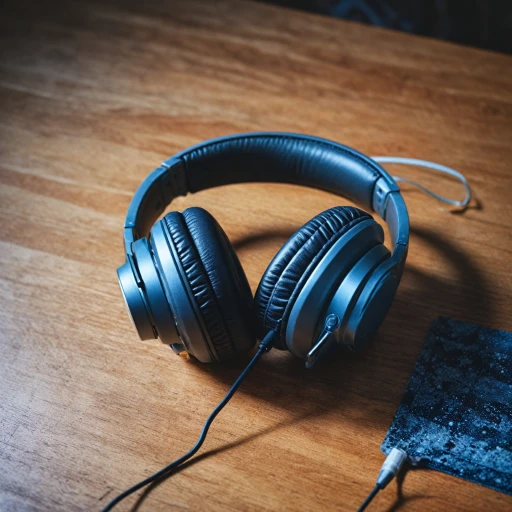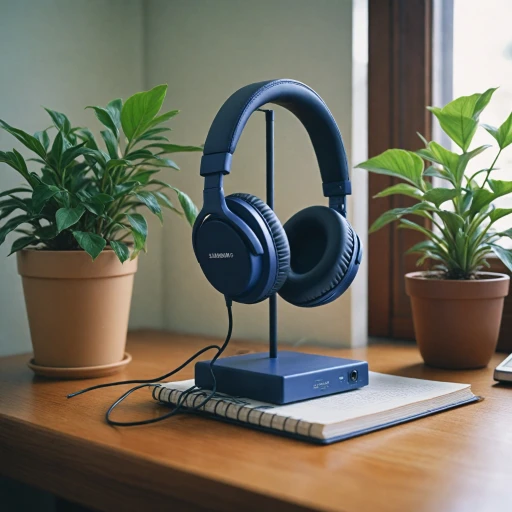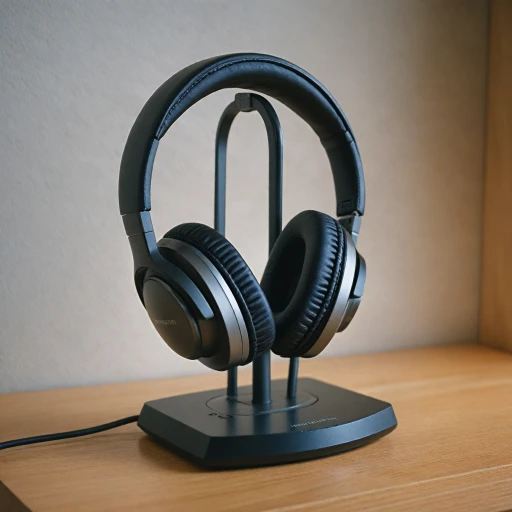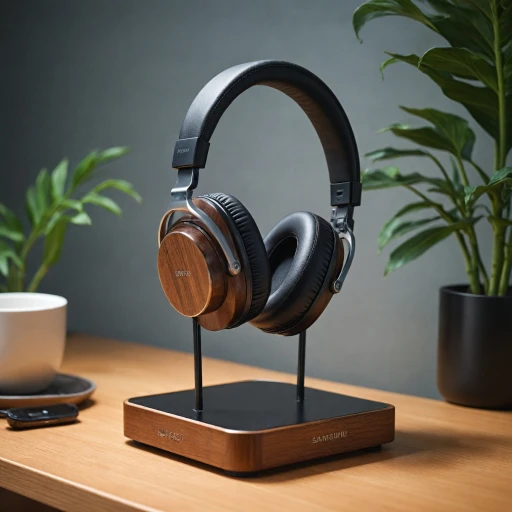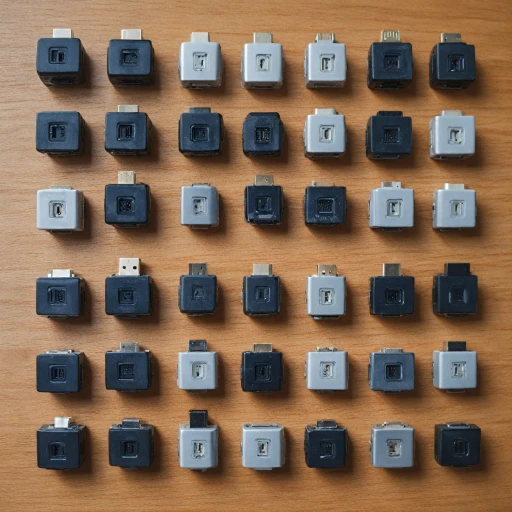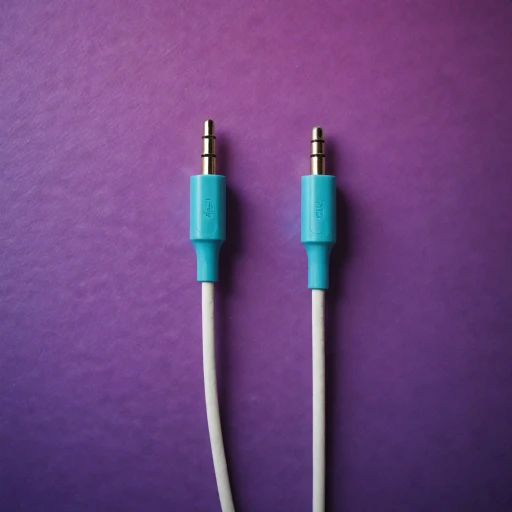
The Basics of Headphone Plugs
Exploring Headphone Plug Essentials
Understanding the diverse world of headphone plugs begins with recognizing the fundamental types and their purposes. Headphone plugs, also known as connectors or jack plugs, are fundamental components in connecting audio equipment to various devices. They come in varying sizes and configurations, each designed for specific audio signals and applications. Headphone plugs are generally classified by the size of their connector, which is measured in millimeters. The most prevalent among these is the 3.5mm audio jack, commonly found in consumer-grade headphones, smartphones, and portable audio devices. This versatile connector transmits stereo audio and can accommodate TRS (Tip, Ring, Sleeve) configurations, providing separate paths for ground, left channel, and right channel signals. For professional audio and high-fidelity systems, larger 6.35mm (1/4 inch) jacks are often used. These connectors can handle balanced audio connections, minimizing interference and noise in professional settings like recording studios. In certain scenarios, smaller plugs like the 2.5mm audio jack are utilized, primarily in wireless devices and compact audio gear. Meanwhile, USB connectors increasingly feature in modern audio devices, supporting digital audio transmission and seamlessly integrating with computers and smart devices. Additionally, the connection between analog and digital audio devices brings other types into the equation, such as RCA and XLR connectors, prominent in specialized audio equipment. Knowing which plug fits your needs depends heavily on the specific type of audio device you are using and the quality of signal you wish to achieve. As audio technology evolves, so does the need to adapt to modern devices. Continued exploration in this field is vital for making informed choices on your audio equipment. Discover more about the role of the 3.5mm audio cable in noise-canceling headphones here.Compatibility with Noise Canceling Headphones
Getting the Right Match Between Headphone Plugs and Noise Cancelling Devices
When considering noise canceling headphones, understanding their compatibility with different audio connectors is crucial. The type of headphone plugs you use can affect sound quality and audio signals, impacting your overall listening experience.
Standard audio equipment often uses the 3.5mm audio jacks, which are popular due to their consistency in delivering stereo audio through ring sleeve configurations. The fundamental design usually involves a tip ring sleeve (TRS), which supports both unbalanced mono and stereo outputs. This is suitable for common audio devices, ensuring steady audio transmission.
While most headphones are compatible with a wide range of audio outputs, it's essential to be aware of differences when dealing with digital audio devices. Some advanced noise canceling headphones integrate usb or other digital connectors to maintain high-fidelity audio transmission. These connections may prevent interference, delivering clearer sound, especially in professional audio setups.
Choosing a compatible headphone jack is vital, as not all devices offer a universal fit. Many modern gadgets still offer a headphone jack, but increasingly, manufacturers are shifting towards digital ports for improved audio clarity.
In exploring these compatibility issues further, you may find it helpful to understand the technical mechanisms behind these connections. For instance, some insights into how XLR cords play a significant role in noise canceling headphones might be beneficial for those delving into the intricacies of high-quality audio transmission.
Wired vs. Wireless: The Role of Plugs
The Evolution of Wired and Wireless Headphones
In the quest for superior audio quality, understanding how wired and wireless technology impacts noise canceling headphones is pivotal. The rise of audio devices like Bluetooth headphones has reshaped our interaction with audio signals, but wired connections maintain their place in the audio landscape due to their unique characteristics. For years, wired connections were the golden standard. They employ a range of audio connectors like TRS (Tip-Ring-Sleeve) and jack plugs, offering clarity and minimizing signal interference. A typical wired connection involves a headphone jack, usually the 3.5mm audio connector, accompanied by a cable carrying stereo audio signals. This arrangement helps preserve audio integrity. Meanwhile, digital audio has paved the way for wireless technology. Most modern noise canceling headphones offer wireless connectivity, eschewing traditional jacks and cables for seamless audio transmission. Plug or jack cables are thus absent, replaced by Bluetooth or USB connections that translate audio signals without the need for physical connectors. However, one must consider certain factors when choosing between the two. Wired connections, while potentially providing higher audio fidelity, may restrict movement due to the physical nature of cables. Wireless headphones, on the other hand, offer remarkable convenience and freedom but may experience signal interference or audio latency, common issues with Bluetooth connections. Ultimately, the choice depends on individual preferences and audio equipment. Some users might prefer the reliable connection of a headphone jack, while others may value the modern conveniences of wireless technology. When choosing the perfect accessory, consider factors like audio quality, connection stability, and device compatibility for an enriched audio experience. For further insights on enhancing your setup and extending functionality, visit Enhancing Your Audio Experience: Choosing the Perfect Headphone Stand.Adapting to Modern Devices
Adapting to Emerging Devices and Technologies
As the world of audio equipment evolves, the landscape of headphone plugs and jacks is constantly changing to adapt to modern devices. USB connections are increasingly popular, especially as many manufacturers move away from traditional headphone jacks in favor of digital interfaces. This shift has implications for noise canceling headphones, which often aim to maintain high audio quality.- Digital Audio: USB and lightning connectors often provide higher quality audio signals, supporting both balanced and unbalanced mono connections.
- Stereo Audio: Devices may utilize TRS (Tip, Ring, Sleeve) jacks for stereo audio output, ensuring a clear left channel and overall signal integrity.
- Jack Plugs Versus Cables: When adapting to newer devices, users may find themselves choosing between USB-C adapters or wireless options that eliminate cables altogether.
Choosing the Right Plug for Your Needs
Identifying Suitable Connectors for Your Audio Devices
Choosing the appropriate headphone plugs for your noise canceling headphones involves understanding the different types of audio jacks and how they interact with your audio equipment. A variety of connectors exist, each offering distinct capabilities based on the audio signals they handle. The most common include TRS (Tip-Ring-Sleeve) and TRRS, capable of carrying both stereo audio and microphone signals.
1. TRS and TRRS Connectors: These connectors, identified by their multiple rings and sleeves, are prevalent in modern audio devices. TRS connectors typically support balanced audio, suitable for professional audio environments requiring discrete left and right channels. Meanwhile, TRRS connectors, with an additional ring, may also carry microphone audio, making them desirable for multimedia headphones.
2. USB Connectors: Emerging as a powerful alternative, USB plugs integrate audio signals with digital data transfer, ideal for devices lacking a traditional 3.5mm audio jack. USB connectors often ensure higher-quality digital audio transmission while supporting complex audio outputs.
3. Wireless Options: In adapting to devices that eschew wired connections, many headphones now feature wireless technology, freeing users from cables and jacks. Bluetooth and other wireless audio protocols offer a versatile experience, though they require compatible equipment to ensure seamless connection and optimal audio signal.
When assessing your needs, consider the compatibility of your headphone jacks with existing audio output on your devices. This includes considering whether the device supports stereo audio, has a headphone jack suitable for your connector type, or if you'll need additional adapters for seamless audio transmission. By matching your audio equipment's capabilities to the right headphone connector, you'll enjoy enhanced connectivity and sound quality tailored to your listening environment.
Future Trends in Headphone Connectivity
The Evolution of Headphone Connectivity
As audio technology continues to advance, the landscape of headphone connectivity is constantly evolving. While traditional audio jacks and plugs remain prevalent, new forms of connection are emerging, offering improved audio quality and convenience.
One of the significant trends is the shift towards digital audio connections. Many modern audio devices now feature USB-C and Lightning connectors, providing enhanced audio signals compared to the older analog connectors. These connections support high-fidelity audio and reduce signal interference, a boon for audiophiles seeking pristine sound.
Wireless technology is also gaining traction. With Bluetooth's improvements in audio quality and latency, it's becoming a preferred option for those seeking a cable-free experience. However, wired connections still hold their ground for professional audio applications, where a stable and balanced audio signal is paramount. The use of TRS connectors with stereo audio capabilities ensures that both left and right channels are accurately transmitted, maintaining the richness and depth of the original sound.
Another exciting development is the integration of smart features into headphone jacks. Some audio equipment now includes digital signal processing capabilities, capable of adjusting audio outputs dynamically based on the content or environment. This intelligent audio adaptation ensures users receive an optimized listening experience, whether they are on a noisy commute or in a quiet studio.
As technology progresses, the emphasis on versatile and adaptable connectors will likely become even more pronounced. There is a growing trend towards modular devices where users can effortlessly switch between different types of headphone plugs and connectors, providing flexibility and future-proofing their audio equipment.
